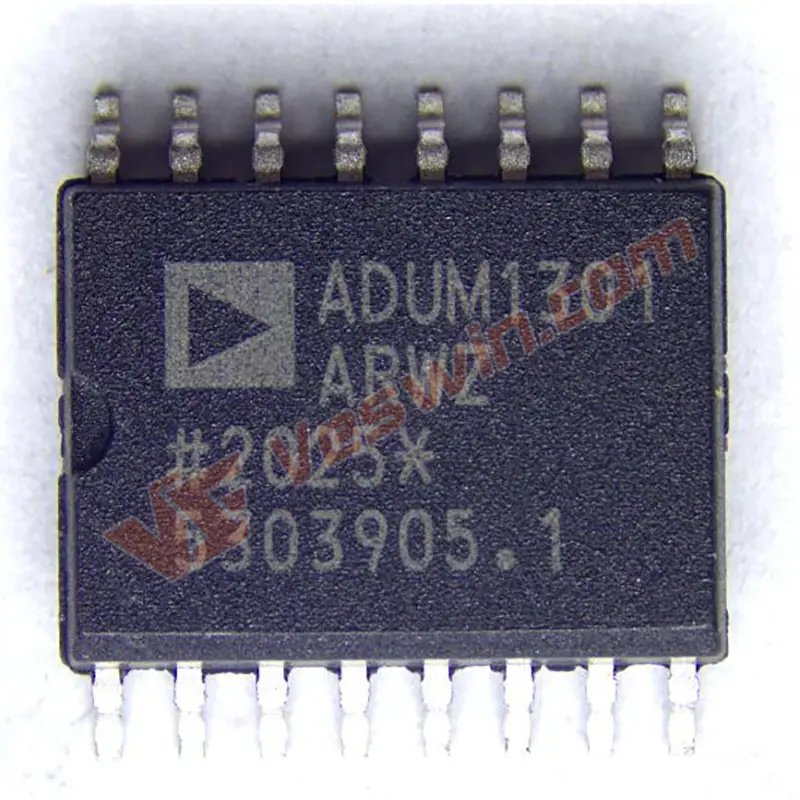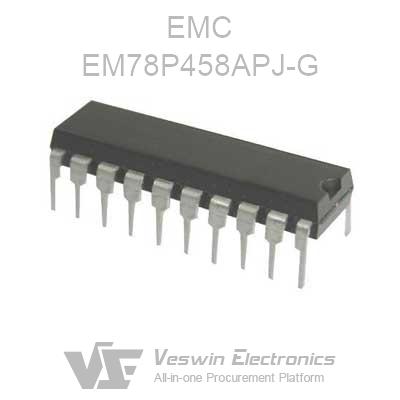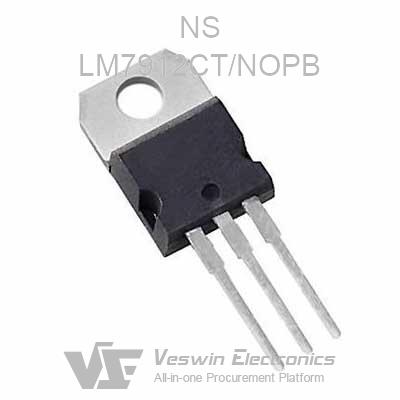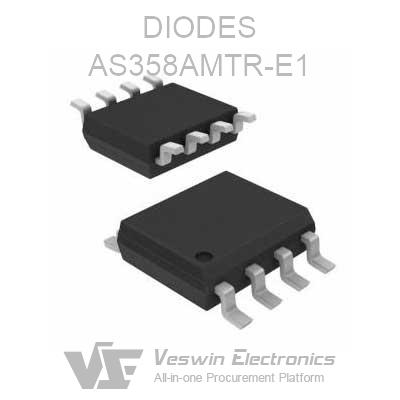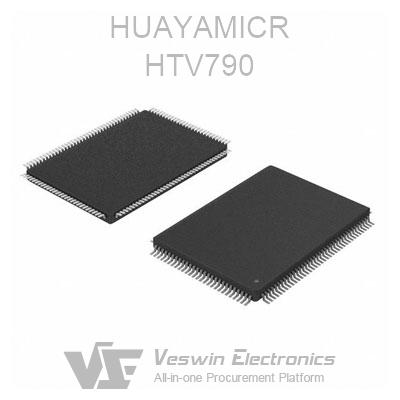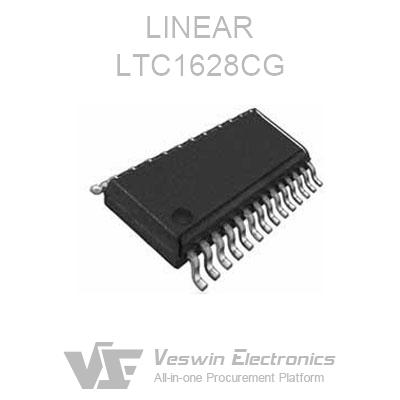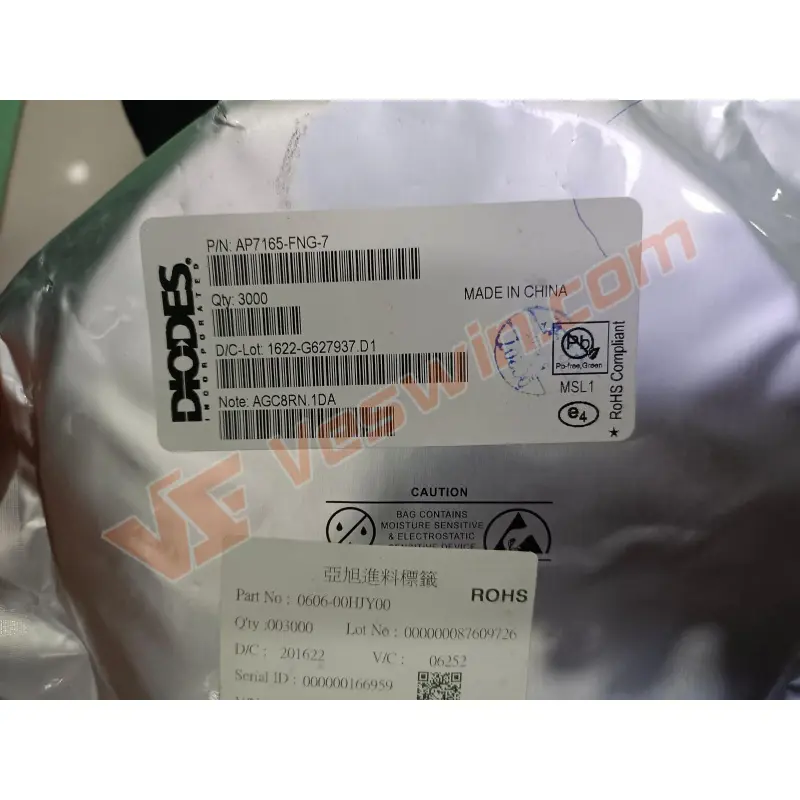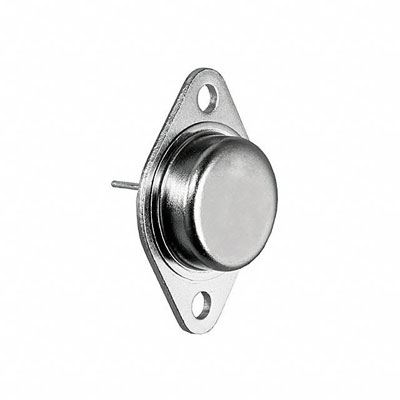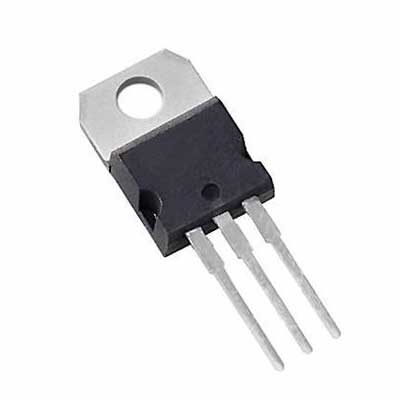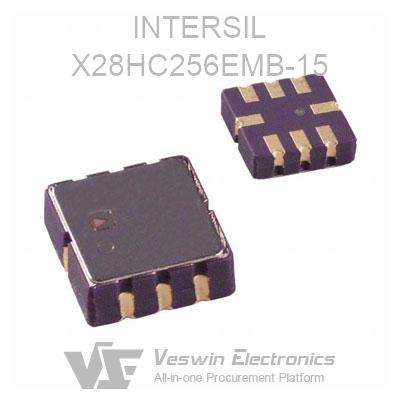The start relay is a special component for starting compressors with single-phase asynchronous motors. The starter relay is a separate component whose function is to turn on and off the attracting coil and holding coil circuits.
In small refrigeration equipment such as refrigerators and air conditioners, refrigeration compressors mostly use single-phase split-phase asynchronous motors. The function of the starting relay is to help the motor start. After the start is completed, the auxiliary winding is automatically disconnected to avoid burning the auxiliary winding coil.
Relays, a type of switching electrical appliances, are widely used in control circuits. The relay consists of four parts, which are coil, magnetic circuit, reaction force spring and contact.
Coil: The purpose of the coil is that after electrification, it can generate electromagnetic attraction, drive the armature of the magnetic circuit to pull in, and cause the contact to produce a displacement action.
Magnetic Circuit: The magnetic circuit is composed of iron core, iron yoke and armature, and its task is to establish a magnetic circuit channel for the magnetic flux generated by the coil.
In the magnetic circuit, the most important thing is the magnetic circuit air gap, which is a gap between the armature and the iron core. When the coil is not energized, the air gap is the maximum value, and the contacts are in the initial state; after the coil is energized, the air gap is zero, and the contacts are displaced to the action state.
Reaction: The function of the reaction force spring is to provide the armature with a repulsive force opposite to the direction of action. When the coil is powered off, it can help the armature and the contacts to reset.
Contact: The contact is used for external control output, which is composed of a normally closed contact and a normally open contact. After the coil is energized and the relay is closed, the normally closed contact is opened and the normally open contact is closed. After the coil is powered off and released, both the normally closed contact and the normally open contact are reset to the initial state.
Here, X is the input condition of the relay pull-in, which can be voltage, current, temperature, flow, pressure, liquid level, etc.; Y is the output value of the relay: Y0 is the initial state, and Y1 is the pull-in state.
We see that when X becomes larger from zero, after Xf, the relay does not act; when X=Xd, the relay changes position, Y=Y1. In order to ensure reliable pull-in of the relay, X must continue to increase to Xw, so as to ensure reliable operation of the relay.
Generally, Xd/Xw=0.7~0.8. For example, for a 24V DC relay, its operating value is 0.7x24=16.8V, and its rated value is 24V, which ensures that the relay can be reliably closed.
Now, we adjust the value of X down from Xw, the relay will not release when X passes through Xd, and the relay will only release when X=Xf.
We call the ratio of Xf/Xd the return coefficient, and its value is generally 0.6.
The return coefficient is generally between 0.4 and 0.7, and its value will not be equal to 1 unless special measures are taken.
The relay characteristics of the relay are very important, it is a key for us to understand the working parameters of the relay.
The coil of the current-type start relay is connected in series with the running winding of the compressor motor. When the motor starts and runs, the running current passes through the coil of the relay, and the control contact is connected in series with the starting winding to control the closing and opening of the starting winding. Hammer type, PTC and mercury start relays are all current type.
(1) Heavy hammer start relay
The physical shape of the hammer-type starter relay is shown below.
The heavy hammer starting relay is mainly composed of a coil, an armature, a moving contact, a static contact and a terminal, and its structure and wiring.
The control contacts of the relay are usually in the normally open state. When the power is first turned on, only the relay coil and the running winding have current. Since the rotor is stationary, the starting current is very large, so that the relay coil attracts the armature to move upward, and the moving and static contacts Closed, the starting winding is connected, and the compressor starts to rotate. As the speed increases, the current decreases, the armature falls by its own weight, the contacts are disconnected, and the starting action is completed.
(2) PTC start relay
The PTC element is a positive temperature coefficient thermistor, which is made by adding trace rare earth elements and using a special process.
Barium titanate type semiconductor. The resistance value of the PTC thermosensitive element used in the air conditioner is only a dozen ohms in the cold state, that is, it starts to be in the open state in the compressor starting circuit. When the compressor starts, the current is very large, so that the temperature of the PTC thermal element quickly rises to the Curie point (generally 100 ° C ~ 140 ° C), after which its resistance value rises sharply and is in an open circuit state. This feature of the PTC thermistor makes it widely used in small air conditioner compressors as a non-contact starting relay.
In practical applications, the PTC starting relay is connected in parallel with the starting capacitor and then connected in series with the starting winding of the compressor. The connection circuit is shown below.
When the compressor is just powered on, the resistance of the PTC starting relay is very small, and it is in a state of passage in the circuit, and the current passing through the starting winding is very large, so that the compressor generates a large starting torque. At the same time, due to the sharp increase in the resistance of the PTC element, the starting winding is disconnected to make the compressor enter a normal operating state.
PTC starting relay is simple in structure, without contacts and moving parts, so its performance is reliable. Due to the thermal inertia of the PTC element, it takes 4 to 5 minutes after each start, and it can only be started again after the element cools down.
(3) Mercury start relay
Since the coil of the mercury starting relay is connected in series with the running winding of the compressor, current flows through it when starting and running, so it is also a current starting relay. The mercury consists of a coil, a plunger-type iron core, mercury and two electrodes.
The voltage-type start relay is the most commonly used starting relay in household air conditioners. It consists of a coil, iron core, movable iron sheet, movable contact, fixed contact and lead terminals, etc.
The coil of the voltage-type starting relay is connected in parallel with the starting winding of the compressor, and the normally closed contact is connected in series with the starting capacitor.
After the compressor starts, the voltage across the relay coil increases as the compressor motor speed increases.
When the speed of the motor reaches 70% to 80% of the rated speed, the voltage on the coil makes it generate electromagnetic force to attract the armature, so that the normally closed contact is disconnected, and the starting capacitor loses its effect; when the compressor is powered off, the normally closed contact It is automatically closed under the action of the spring, ready for the restart of the compressor.
When the start relay fails, the compressor will run out of control, the starting capacitor cannot be cut off from the circuit after starting, or the compressor cannot start after the normally closed contact is disconnected before starting. When the overload protection relay fails, the air conditioner will not be able to operate normally. The reason is that the relay wire ends are loose and fall off, the contact points are worn or welded, too dirty, uneven, and the coil is short-circuited or disconnected.
For the compressor using the starting relay, when the compressor cannot be started due to the sound of "humming", check whether the contact of the starting relay is in good condition. The main failure of the relay is that the spring force of the return spring is weakened, and the contacts are closed and difficult to jump when starting. The starting current adjustment screw can be adjusted. If the adjustment screw is not easy to twist, use flat pliers to pull the spring outward until it is adjusted to normal.
1. What is the most primitive relay?
The essence of a relay is a switch that can control on-off. The most primitive is the electromagnetic relay shown in the figure below. It still has a wide range of applications due to its large contact capacity and high reliability.
2. For relays with relatively large contact current, can they replace contactors?
Can't.
We know that the contacts of the contactor cannot be welded, so there is a coordinated relationship between it and the breaking capacity of the circuit breaker.
When a short circuit occurs, after the circuit breaker is disconnected, if the contacts of the contactor are welded, it is called the first type of coordination relationship of SCPD, otherwise it is called the second type of coordination relationship of SCPD.
At the same time, when the motor starts, its starting current is generally about 6.5 times. Therefore, for ordinary motors that are directly started, the overload multiple of the contactor is 8 times, and for the forward and reverse and inching motors, the overload multiple of the contactor is 10 times.
The overload multiple of the relay is generally no more than 4 times, which is not comparable to that of the contactor.
3. What are the advantages and disadvantages of a relay with contacts compared to a relay without contacts?
The contact relay has an opening distance, so the withstand voltage level is high, while the non-contact relay has a low withstand voltage level.
There is a very important parameter called the conversion depth h, which is equal to the ratio of the relay contact breaking resistance to the making resistance.
For relays with contacts, the value of h is on the order of 10 to 12, while for relays without contacts, the value of h is on the order of 5 to 8, with a difference of at least 2 orders of magnitude.
The lower the h value, the greater the power consumption and the more serious the heat of the relay.
The biggest advantage of the non-contact relay is that the opening time is very short and the sensitivity is very high.
Hot News
